Arizona Nonprofits are Turning Old Containers Once Used to Keep People Out Into Homes for Those in Need
Shipping containers that were once used along the United States-Mexico border in Arizona are being repurposed by nonprofit organizations to create homes for those in need.
When the federal government ordered the Arizona governor to take down the shipping containers he installed along the border, the organization Wholistic Transformation took advantage of the situation and decided to use the containers as homes for young adults transitioning out of foster care.
Why Were the Shipping Containers There in the First Place?
Last year, Arizona Governor Doug Ducey purchased 2,000 shipping containers and installed them along the state’s border with Mexico in order to deter migration from the south.

Source: Ralph Fresco/Getty Images
However, after stacking the thousands of containers along the border, the U.S. Department of Justice filed a lawsuit against the state claiming that the homemade barrier was not only illegal and dangerous, but also that it directly interfered with the federal government’s task of protecting the border.
The Federal Government Forced Ducey to Take Them Down
The U.S. Department of Justice won the case and Governor Ducey agreed to dismantle his wall of shipping containers.
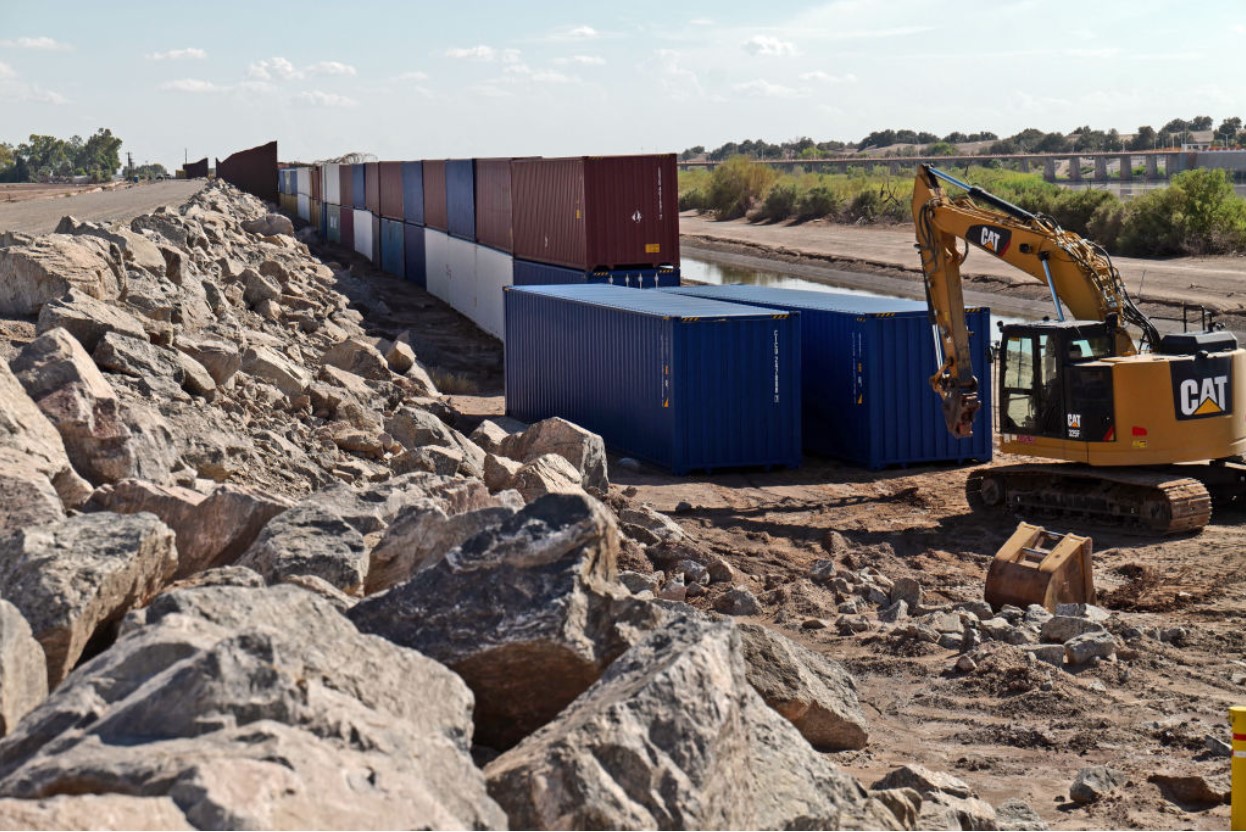
Source: Nick Ut/Getty Images
But now, the state has 2,000 shipping containers and nothing to do with them. The Arizona Department of Administration recently released an announcement that all government or nonprofit groups that can find uses for the containers should come and take them, and that any left in October will be sold to the public.
Wholistic Transformation Wants to Use the Containers for Good
One nonprofit in Arizona immediately jumped at the chance to get their hands on several of the newly available shipping containers.

Source: Wholistic Transformation
Wholistic Transformation is a faith-based nonprofit organization based in Tucson, Arizona. Led by founder and CEO Bryan Benz, the organization spends its time and money helping young adults transferring out of foster care and into the real world.
Plans for the Shipping Container Apartments
Benz and Wholistic Transformation decided that the best use of the shipping containers would be to use them to make homes for children who have recently aged out of foster care.

Source: Wholistic Transformation
One of the shipping containers will house a resident justice navigator, and the other seven will house one person in need of a place to live. Each container will be a complete one-bedroom home with a bathroom, bedroom, full kitchen, and even a washer and dryer.
Why This Project Is So Important to Bryan Benz
Founder Bryan Benz told the press that the shipping container project “[is] about restoring relationships, restoring community.”
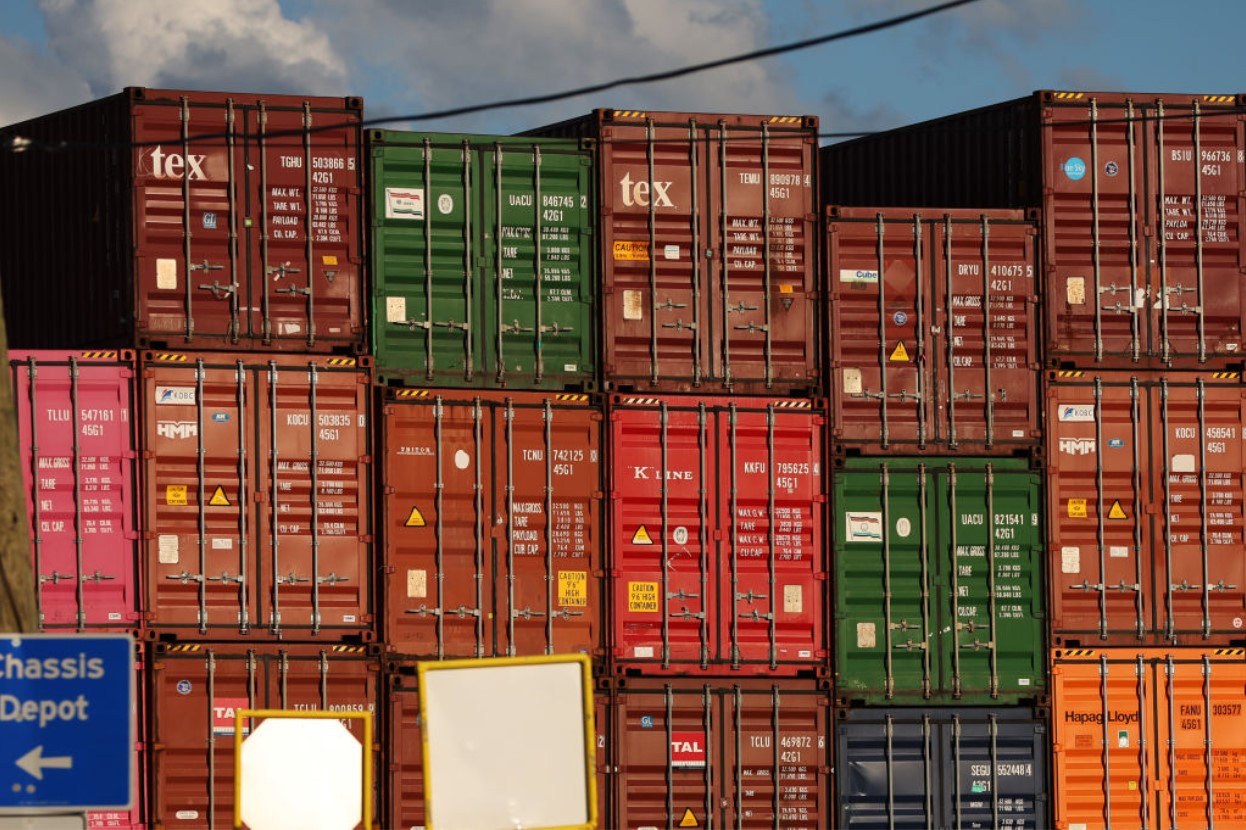
Source: Spencer Platt/Getty Images
As well as the fact that it is a practical and necessary response to a big problem. Benz explained that the Wholistic Transformation organization is extremely aware of just how many foster children become homeless once they age out of government provided care.
How the Foster Care System Works
The United States’ foster care system is certainly one of the country’s most significant accomplishments. Children whose parents are either deceased or incapable of providing a safe home are taken under the care of the federal government.

Source: KVC West Virginia
While many of these children live most of their lives in group foster homes, some are placed with families who have signed up to house them. However, no matter where the children in the foster care system live, when they turn 18, they are no longer eligible for government funded care.
Foster Care: Highway to Homelessness
Sadly, although the foster care system is a vital part of keeping children off the streets, once they turn 18, many of these young adults end up homeless. In fact, some even call foster care the “highway to homelessness.”

Source: iStock
According to the National Foster Youth Institute, about 20% of children in foster care end up homeless after turning 18. And an almost unbelievable 50% of the country’s current homeless population has at one point been in the foster care system.
Why Foster Kids End Up on the Streets
Lusic De La Cruz, president and CEO of the Arizona Friends of Foster Children Foundation explained why there is a high population of homeless adults who lived in foster care: “It’s not a symptom of a bigger problem. It’s not because of their addiction. It’s not necessarily because of their mental health. It’s just that they were in foster care.”
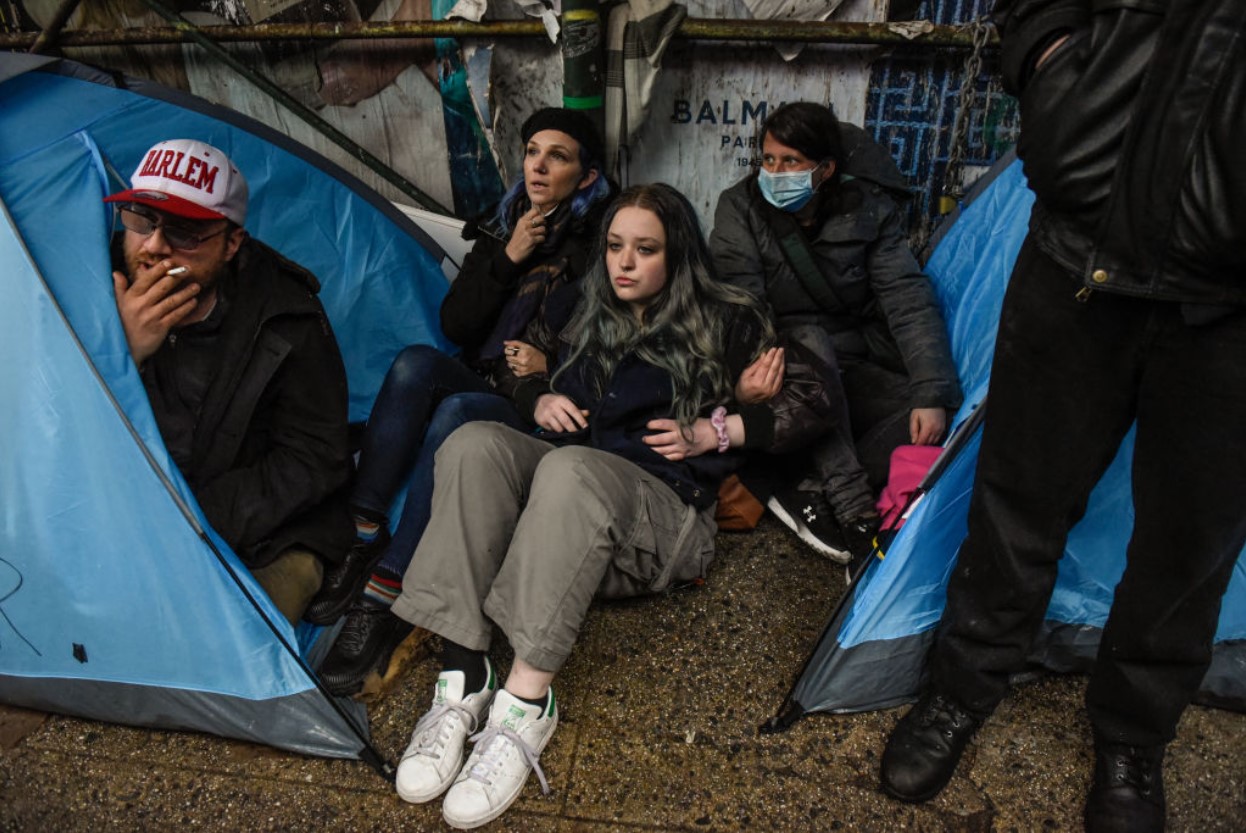
Source: Stephanie Keith/Getty Images
He continued, “A lot of the times, they need some upfront assets, so a deposit and maybe two months of rent. Maybe they need some credit history, and they don’t have it.”
It’s Important to Understand Their Specific Struggles
Every year, more than 20,000 kids age out of foster care and need to find their own home. However, it’s important to understand that these children have no family or even a support system.

Source: iStock
And with high rent prices and inflation, even with the small government stipend of $1,200 per month, these young adults don’t even have enough money for a deposit on an apartment. Even if they did have enough money, many don’t have the credit history or required documents landlords ask for.
Biden’s Plan to Help Foster Care Children Avoid Homelessness
Wholistic Tranformation’s shipping container homes are an incredible way to help, but it’s not nearly enough. Luckily, President Biden has proposed a new program to begin in 2024 in which all youths aging out of foster care will be given affordable housing vouchers.
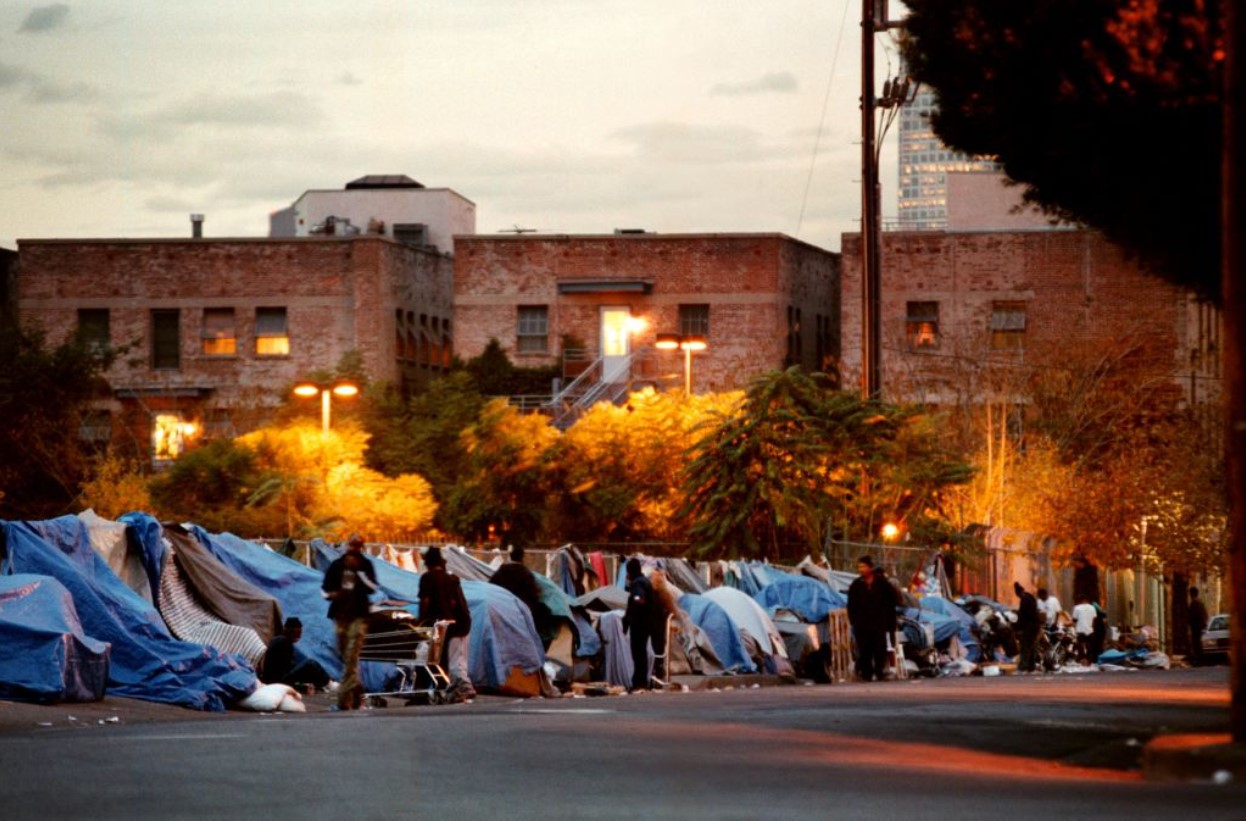
Source: David McNew/Newsmakers/Getty Images
These vouchers are already used to help low-income Americans afford their monthly rent, so it certainly makes sense to offer them to 18-year-old foster care young adults who absolutely need the assistance.
Hopefully More Nonprofits Will Take Advantage of the Shipping Containers
Using shipping containers to create tiny homes is not a new idea; people around the world struggling to afford the increasing housing prices and even monthly rent have been making their perfect but small homes from discarded containers.
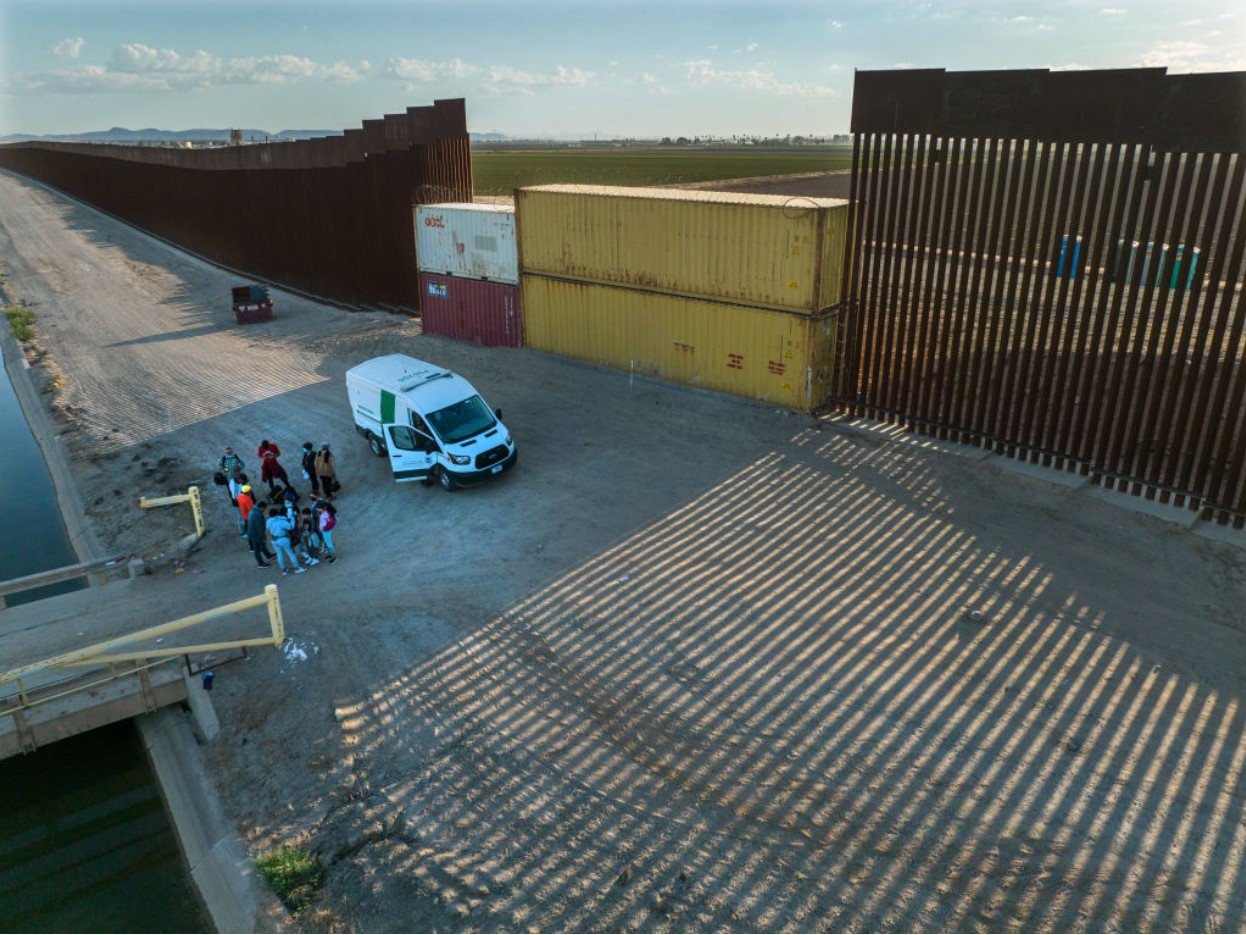
Source: John Moore/Getty Images
Hopefully, more nonprofit organizations and government programs will take Wholistic Transfromation’s idea and create something valuable for those in need out of the thousands of shipping containers in Arizona just waiting for their next purpose.
